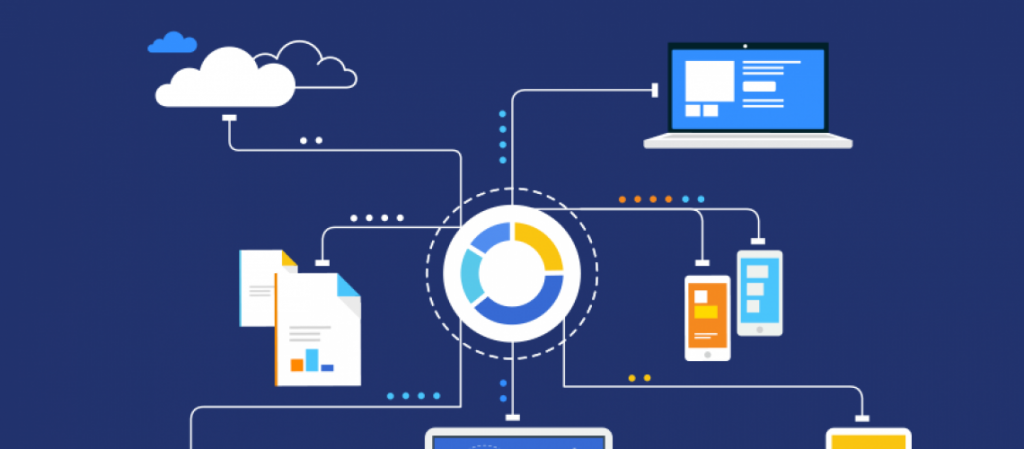What determines whether decisions happen on the bottom, middle, or top rung of the corporate ladder? New research from professor Raffaella Sadun finds that the answer often lies in the technology that a company deploys. Key concepts include:
- Enterprise Resource Planning software is a decentralizing technology: It provides information that enables lower-level managers to make more decisions without consulting their superiors.
- By the same token, Computer-Assisted Design and Computer-Assisted Manufacturing software creates a situation in which the plant worker needs less access to superiors in order to make a decision.
- The better the data network, the easier it is for workers to lean on superiors and rely on them to make decisions. It’s also easier for executives to micromanage and keep all the decisions in the corporate office.
- Trust is also a key factor in determining whether decisions are centralized at headquarters or decentralized at the local level. Research finds that the average level of trust of a multinational’s home country tends to influence the level of decentralization in that company.
What determines whether decisions happen on the bottom, middle, or top rung of the corporate ladder? New research offers a surprising conclusion: The answer often lies in the technology that a company uses.
Information-based systems, such as Enterprise Resource Planning (ERP) software, will push decision-making toward the bottom of the corporate ladder. Communication systems, such as e-mail and instant messaging applications, will push the decision-making process toward the top.

And that means developing an IT strategy isn’t all about deploying the best technology, says Raffaella Sadun, an assistant professor of strategy at Harvard Business School.
“The bottom line is that whoever is in charge of the acquisitions and the IT strategy, they obviously cannot just think about the technology side, they also have to think about the organizational side,” she says. “Traditionally, technology is thought of as a tool that enables empowerment, but that’s not always the case.”
Sadun discusses the issue in “The Distinct Effects of Information Technology and Communication Technology on Firm Organization,” a paper she cowrote with Nicholas Bloom of Stanford University and Luis Garicano and John Van Reenen of the Centre for Economic Performance, London School of Economics.
“Technologies that make the acquisition of information easier at the lower level of the hierarchy are associated with a decentralization of the decision-making process,” Sadun says. “On the other hand, we have the communication technologies, which actually do exactly the opposite.”

